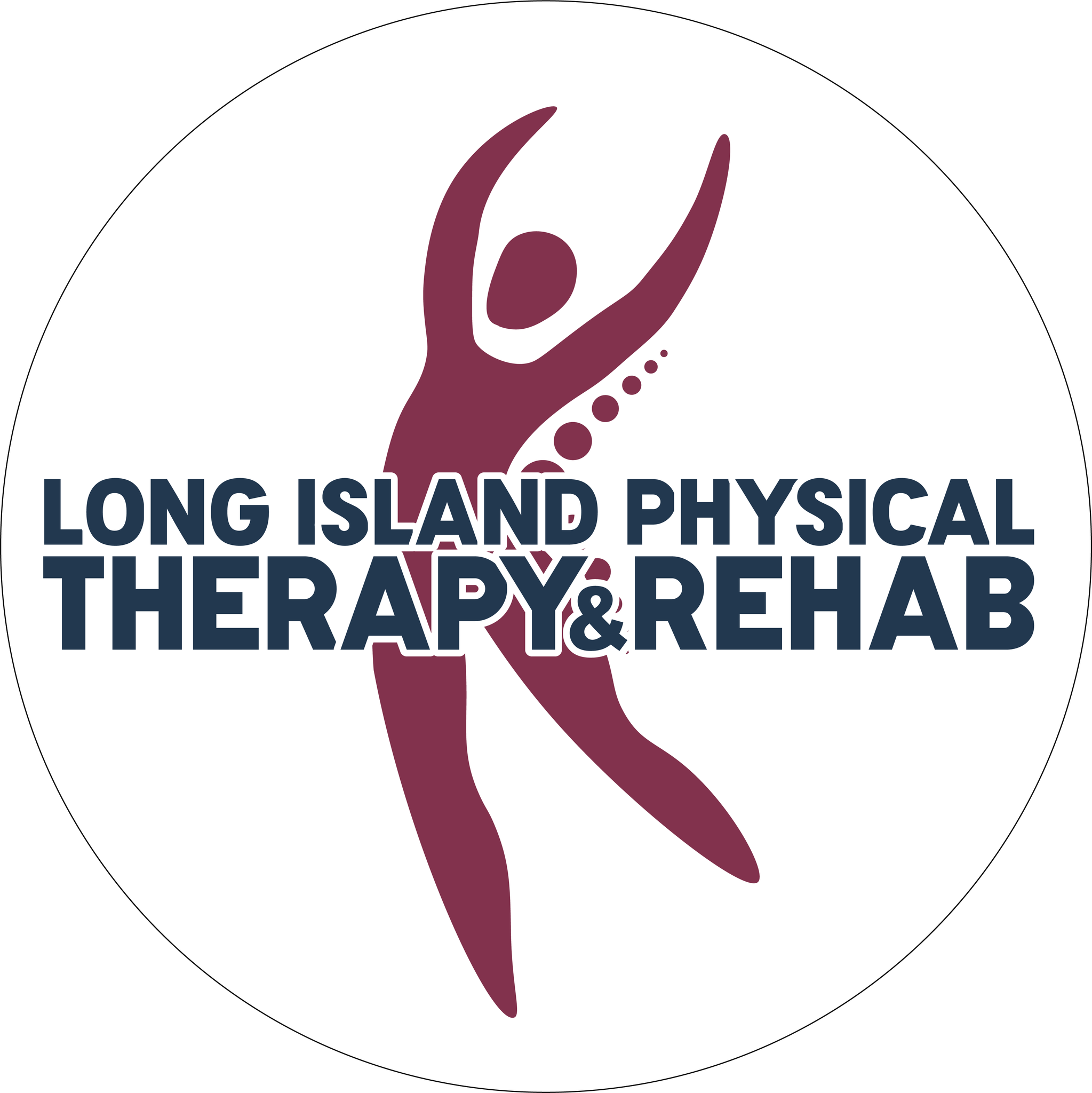Physical therapy helps improve movement, reduce pain, and enhance overall function. You may worry about pain during therapy, but discomfort varies based on your situation. The goal is to heal and restore function without unnecessary pain.
Some exercises may cause temporary discomfort as your body adjusts. Tell your therapist about prolonged or excessive pain. They can adapt the treatment for comfort and safety. Physical therapy improves your well-being through communication, guidance, and teamwork.
Can physical therapy hurt at first?
Yes, physical therapy may cause some discomfort initially, but it shouldn’t be overly painful. It’s important to remember that physical therapy aims to help you recover and regain strength, mobility, and function. The discomfort you may feel is often a sign that your body is responding to the therapy and adapting to the exercises.
During your first few sessions, your therapist will assess your condition and design a personalized treatment plan. They will gradually introduce exercises and techniques tailored to your specific needs. The therapist will guide you through the exercises, ensuring proper form and technique to prevent injury.
Some discomfort during therapy is normal as your muscles and joints are being challenged. You may experience soreness, stiffness, or aching sensations. However, it is essential to communicate with your therapist about any pain you’re experiencing. They can adjust your treatment plan to ensure your comfort and safety.
As you progress with your therapy, the discomfort should gradually decrease, and you’ll likely start to experience improvements in your condition. Your therapist will monitor your progress and make necessary modifications to optimize your rehabilitation journey.
Why Does Physical Therapy Hurt? How Much Pain Is OK?
Physical therapy is essential for aiding in injury recovery, chronic disease management, and general physical function enhancement. Physical therapy, which promotes healing and restores mobility, can sometimes cause discomfort or pain. We aim to explore why physical therapy can be painful and shed light on the level of pain considered normal during rehabilitation.
Understanding the Purpose of Physical Therapy
Physical therapy aims to improve strength, flexibility, range of motion, and overall physical function. It involves targeted exercises, stretches, manual therapy, and other techniques tailored to an individual’s needs. The ultimate goal is to reduce pain, enhance mobility, and enhance quality of life.
Why Does Physical Therapy Hurt?
a. Breaking Through Limitations
During physical therapy, the body is often pushed beyond its comfort zone to facilitate healing and regain functionality. Challenging the muscles, ligaments, and joints to adapt and improve can lead to temporary discomfort.
b. Muscle and Tissue Stimulation
Physical therapy often involves targeting specific muscles and tissues to promote healing and strengthen weak areas. This can result in soreness or tenderness as these structures are being worked on and stimulated.
c. Scar Tissue Breakdown
Physical therapy may involve breaking down scar tissue to improve mobility and functionality in surgery or work injuries. This process can be uncomfortable but necessary for proper healing and long-term recovery.
d. Stretching and Flexibility Exercises
Stretching and flexibility exercises are essential components of physical therapy. While these exercises can cause temporary discomfort, they help improve range of motion and prevent muscle tightness or stiffness in the long run.

Differentiating Between Good Pain and Bad Pain
a. Good Pain
Normal and even beneficial consider some pain during physical therapy. This type of pain, often called “good pain,” is a temporary sensation caused by the muscles and tissues adapting to the therapeutic exercises. It should subside shortly after the session and contribute to overall progress.
b. Bad Pain
On the other hand, “bad pain” is excessive and lingering discomfort that goes beyond the expected discomfort associated with physical therapy. This type of pain may be a sign of overexertion, improper technique, or an underlying issue. Communicate any excessive pain to your physical therapist so they can adjust the treatment plan.
Communication with Your Physical Therapist
a. Open Dialogue
Effective communication with your physical therapist is crucial throughout the rehabilitation process. Discussing your pain levels, discomfort, and concerns will help them tailor the treatment plan to your needs, ensuring that the exercises and techniques are appropriately adjusted.
b. Pain Assessment
Your physical therapist will regularly assess your pain levels to monitor your progress and make any necessary modifications to your treatment. By sharing accurate information, you will enable them to fine-tune the therapy to maximize benefits while minimizing pain.
Pain Management Strategies
a. Modalities
Physical therapists may use various modalities, such as heat, ice, ultrasound, or electrical stimulation, to alleviate pain and reduce inflammation during therapy sessions. These techniques can provide immediate relief and enhance the overall effectiveness of the treatment.
b. Home Exercises
Your physical therapist may give you specific exercises or stretches to perform at home. These exercises are crucial for rehabilitation and help manage pain between therapy sessions. It is important to follow the prescribed regimen diligently.
c. Rest and Recovery
Proper rest and recovery play a significant role in pain management during physical therapy. Allow your body time to recover and heal between sessions, contributing to better long-term outcomes.
Physical therapy may cause temporary discomfort or pain as your body adapts to the therapeutic exercises and techniques. Understanding the reasons behind this pain and distinguishing between “good pain” and “bad pain” is essential. By maintaining open communication with your physical therapist and following their guidance, you can ensure that your rehabilitation journey progresses while managing pain effectively. Remember, the ultimate goal of physical therapy is to improve your overall well-being and quality of life.
What to Do If You Experience Pain During Physical Therapy Treatment
Physical therapy is valuable for promoting healing, managing pain, and restoring function. However, it is common to experience some discomfort or pain during treatment. If you are in such a situation, taking appropriate steps to effectively address and manage the pain is essential. We’ll provide practical tips on what to do if you experience physical therapy pain during treatment.
Communicate with Your Physical Therapist
Open and clear communication with your physical therapist is vital when experiencing pain during treatment. They are your trusted partner in the rehabilitation process and can provide valuable insights and adjustments to alleviate discomfort. Make sure to express your pain levels, the specific exercises or techniques causing discomfort, and any concerns you may have.
Identify the Source of Pain
Understanding the source of your pain can help your physical therapist tailor the treatment plan and make necessary modifications. Isolate the specific exercises, stretches, or movements that trigger the pain and communicate this information to your therapist. Identifying the root cause will allow targeted interventions and adjustments to avoid exacerbating the pain.
Modify the Treatment Plan
Your physical therapist has the expertise to modify your treatment plan to address pain effectively. They may adjust exercise intensity, duration, or frequency, incorporate alternative techniques, or introduce pain-relieving modalities. By working together, you can ensure the therapy remains productive while minimizing discomfort.
Utilize Pain-Relief Modalities
Physical therapists employ various pain-relief modalities to help manage discomfort during treatment. These modalities include heat or cold therapy, ultrasound, electrical stimulation, or manual techniques like massage. These interventions can provide immediate relief and reduce inflammation, facilitating a more comfortable therapy session.
Practice Proper Warm-up and Stretching
Engaging in proper warm-up exercises and stretching before your therapy session can help reduce the likelihood of experiencing pain. Warm-up activities increase muscle blood flow, preparing them for subsequent exercises. Stretching improves flexibility, reduces muscle tension, and minimizes the risk of injury.
Follow Home Exercise Instructions
Your physical therapist may prescribe specific exercises or stretches for you to perform at home. These exercises are essential for recovery and help manage pain between therapy sessions. Follow the prescribed regimen diligently, as consistency and adherence are key to achieving optimal results.
Pay Attention to Your Body
It’s important to listen to your body and be mindful of any warning signs or signals it may be sending. You must communicate this to your physical therapist if you experience sharp, intense, or worsening pain during therapy. They can evaluate the situation and make necessary adjustments to ensure safety and comfort.
Rest and Recovery
Rest and recovery are critical components of any rehabilitation program. Allow your body sufficient time to recover and heal between therapy sessions. Adequate rest helps reduce inflammation, promotes tissue repair, and aids in pain management. Avoid overexertion, as pushing yourself too hard can exacerbate pain and hinder progress.
Consider Pain Medication
Your physical therapist or healthcare provider may sometimes recommend over-the-counter pain medications to help manage pain during therapy. However, it’s important to consult your healthcare provider before taking any medications, as they can guide the appropriate dosage and potential side effects.
Stay Positive and Motivated
Maintaining a positive mindset and staying motivated is crucial during the physical therapy journey. Remember that pain during treatment is often temporary and can be a sign of progress. Celebrate the small victories and focus on the improvements you are making. By staying engaged and positive, you are more likely to overcome challenges and achieve your rehabilitation goals.
FAQs
Q1: What is physical therapy?
Physical therapy is a healthcare profession that focuses on restoring movement and function through exercises, stretches, and specialized techniques.
Q2: Who can benefit from physical therapy?
Physical therapy can benefit individuals of all ages with various conditions, including injuries, surgeries, chronic pain, neurological disorders, and musculoskeletal problems.
Q3: What can I expect during a physical therapy session?
During a session, your physical therapist will assess your condition, develop a personalized treatment plan, guide you through exercises, and provide hands-on pain relief and functional improvement techniques.
Q4: Will physical therapy be painful?
Physical therapy may cause discomfort as your body adapts to exercises, but you should inform your therapist about excessive or lingering pain for adjustments.
Q5: How long does a physical therapy program last?
The duration of a physical therapy program varies depending on the condition, severity, and individual progress. It could last a few weeks or several months. Your therapist will provide a timeline based on your specific needs.
The Bottom Line
Physical therapy aims to heal and improve function, despite possible discomfort. You may experience temporary pain as your body adjusts, but you should discuss excessive or prolonged pain with your therapist.
They’ll make adjustments, ensuring your comfort and safety through open communication. Trust your therapist’s expertise and actively engage in your rehabilitation. With their guidance, commitment, and effort, physical therapy can manage pain, restore mobility, and enhance your life.



